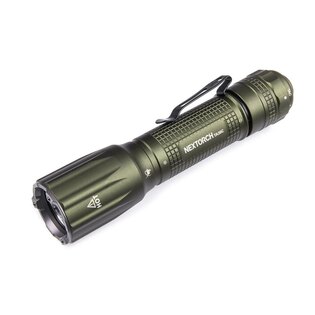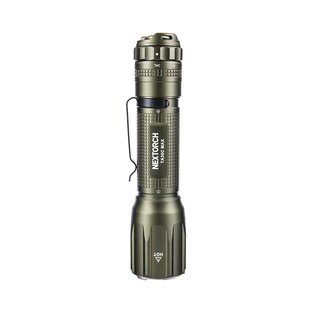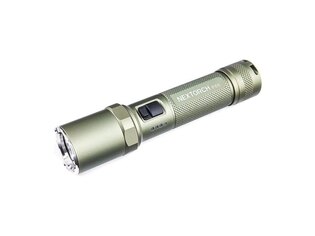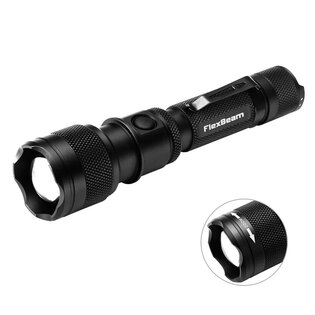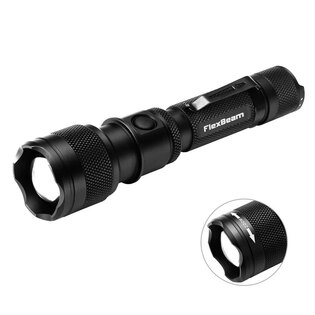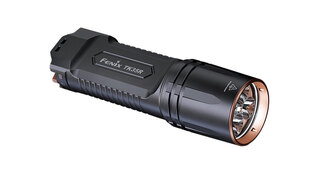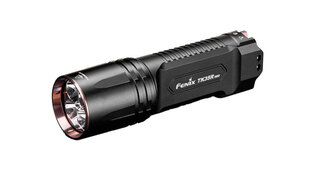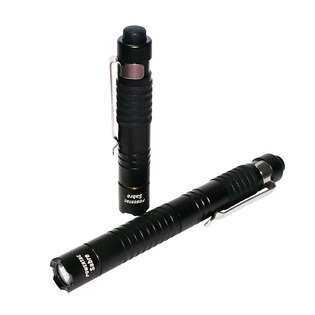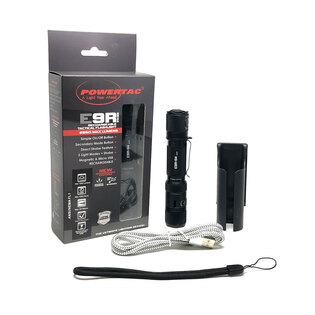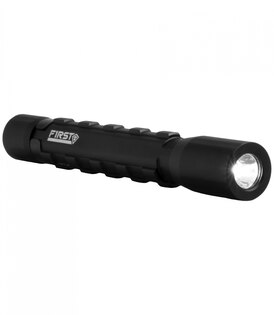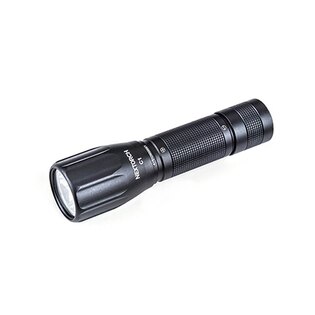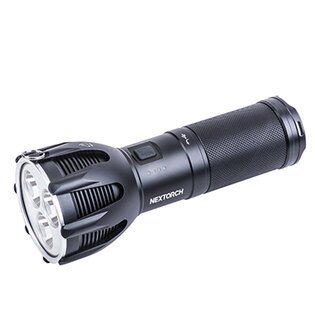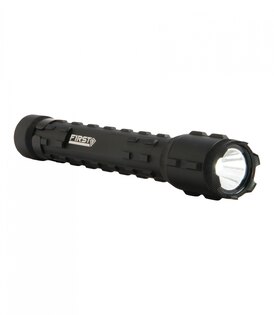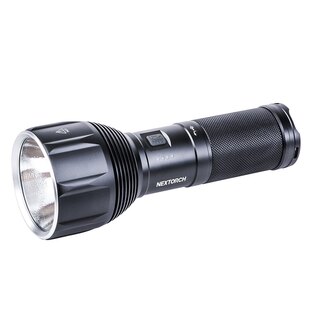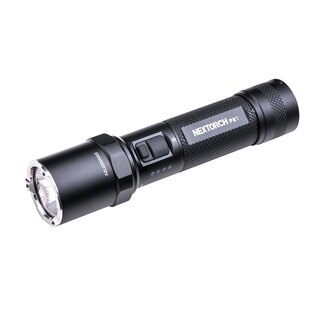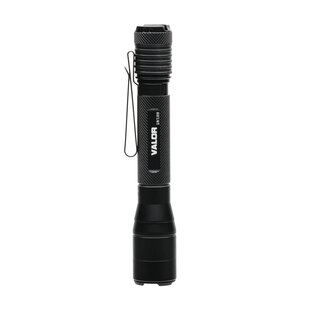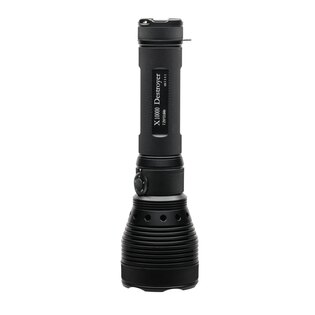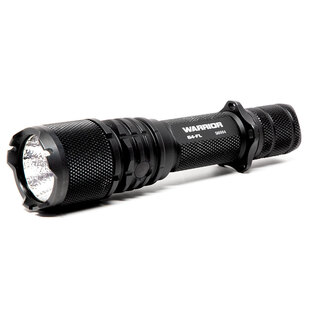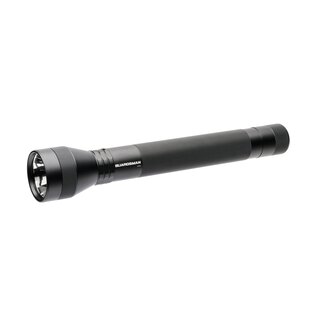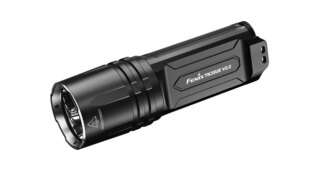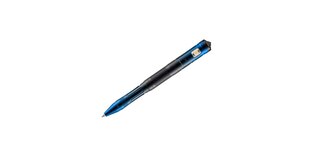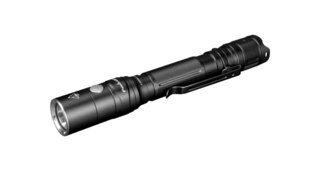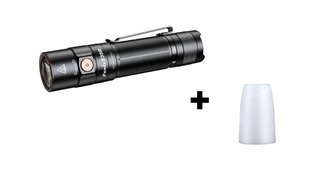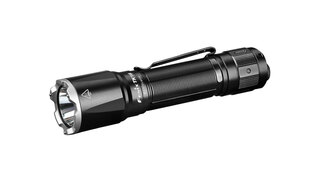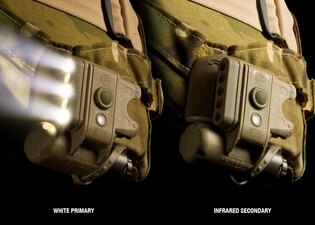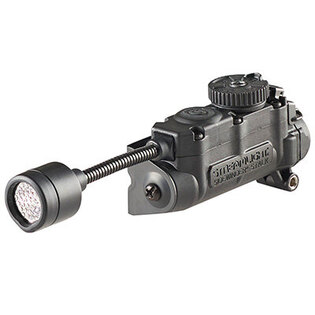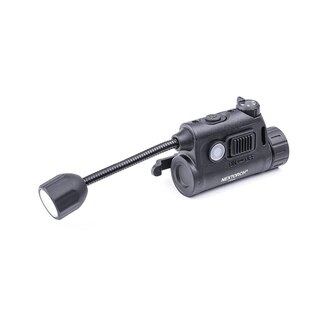All you need to know about tactical flashlights
What is a tactical flashlight ? What are the types and possibilities of use ? How do they differ from standard flashlights and which one to choose ? The answers can be found in this article.
We will first talk about what actually are tactical flashlights.
Tactical flashlights are special flashlights that are designed primarily for use in the segment of security forces (military, police, security, etc.)
They have highly durable construction which resists harsher handling, they are waterproof, use LED technology and usually include also rechargeable battery (sometimes AAA batteries can be used or mix of both options is available). They also have another functions such as for example strobe mode, turbo mode, etc.
The flashlights can be divided into the following categories:
We will talk about each category later on, but first of all we will reveal how tactical flashlight actually works.
LED technology
LED (Light-Emitting Diode) is a type of diode designation emitting light (or IR / UV radiation). Due to the lower price and higher efficiency, it now replaces classic bulbs and fluorescent lamps. They have approximately 10x higher efficiency than standard bulbs and 2x higher than fluorescent lamps. Due to their size and efficiency, they are more than ideal for use in devices that use batteries or in economical devices. They can emit light in different colors without the need for color filters.
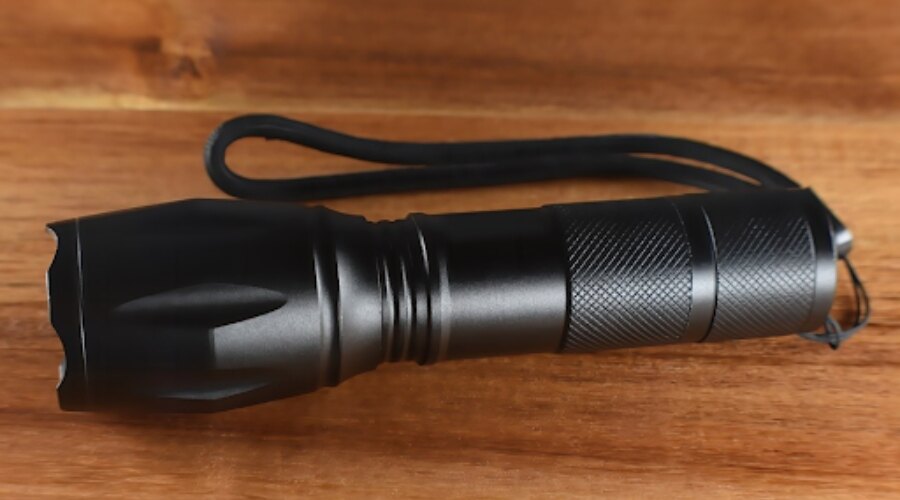
Nowadays modern tactical flashlights use primarily LED technology( more recently even more efficient CREE® LED)
Their advantages are resistance to cold, shock and impact resistance, they are radiant even on lower power but mainly, they offer long life span up to the tens of thousands of hours (depending on conditions).
Another advantage why the LEDs are used in flashlight is their possibility of frequent switching on and off without the risk of damage. (opposite to standard bulbs).
The latest within the LED technology is so called CREE® LED (named after manufacturer), when the basic parameter of this LED technology is higher performance (brightness) than conventional LED´s.
And that is why the high-quality tactical flashlights use this technology.
Perhaps it is not quite important to focus on electrical engineering and describe the principles of LED functioning so we move on.
Tactical weapon lights
One of the fundamental accessories for weapons
They can be divided into 2 categories according to use :
- for short arms
- for long arms
According to attachment :
- on trigger guard (a component that protects the trigger from damage or an unwanted shooting)
- rail mount ( Picatinny rail)*
*Note : not all manufacturers have the same dimensions of the rail and therefore first check the parameters of the light with the parameters of your weapon.
Weapon light main job is lighting of the space with poor visibility, also helps with aiming (use of lasers), and mainly dazzle the enemy.
It is a general mistake that any flashlight can be attached to a weapon, but that is not true. Weapon lights have specific construction to resist recoil as well as they also feature Strobe mode which helps with dazzling of the enemy and his/her disorientation.
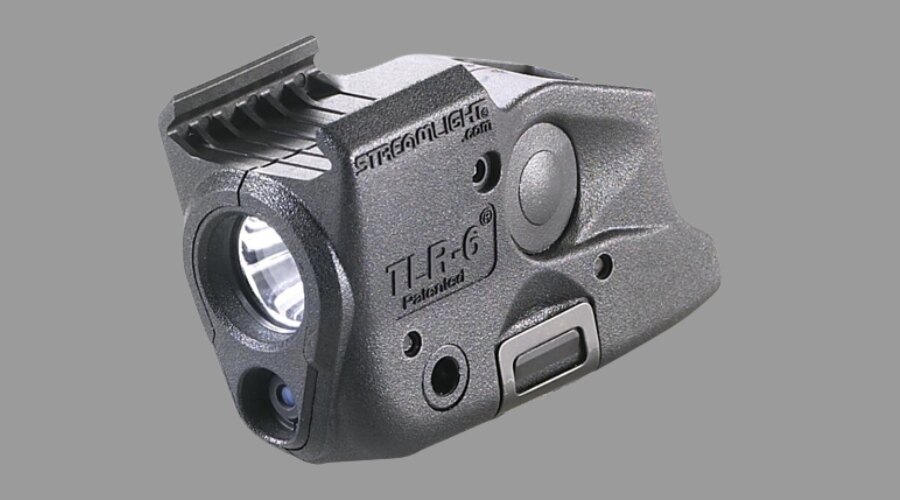
Tactical flashlight for short arms with laser
Switching on the lights for short arms is usually by using thumb of your "weaker hand" and if it is a specific type for specific firearm (which we recommend), it is really convenient without any difficulties or changing the position of your hand. There are different types of power switches you can choose from, therefore it is advisable to try the lights first and then choose the system that suits you best.
With long arms, the functions of the flashlight does not differ. What differs is a flashlight powering system, which is by remote switch (or multiple switches)
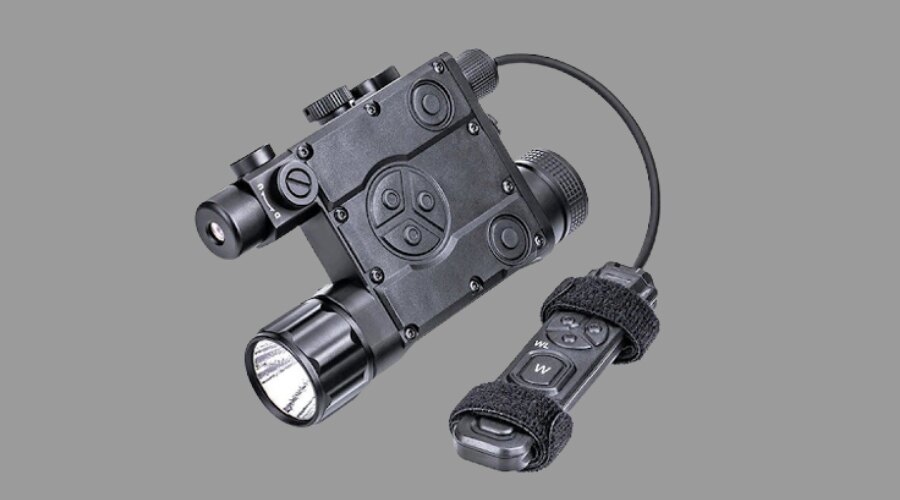
Weapon flashlight for long arms with remote switch
Flashlights intended for short arms can be often used on long arms but not the other way around (in most of the cases). However, it is worth considering whether this is a suitable solution due to the ergonomics and functional elements for short weapons.
Tactical flashlights for military and police
The basic characteristic of these flashlights is their use. They are mostly used as a hand flashlights, but they can be also attached to the gear (tactical vests, jackets. etc.) - handfree design. Compared to police flashlights, military ones can 90 degree rotate ( which is appreciated especially when attached to the gear).
Military flashlights also offer different options for switching between the color spectre (for example for night vision when white light can dazzle a lot, opposite to red or green light).
These flashlights feature different lighting modes inc. strobe mode for dazzling of the enemy.
Emphasis is placed on highly durable construction protecting the flashlights against impacts and external influences (water, dust and others - IP standard - we will talk about it later).
Therefore, focus on your requirements and needs and choose the flashlight accordingly.
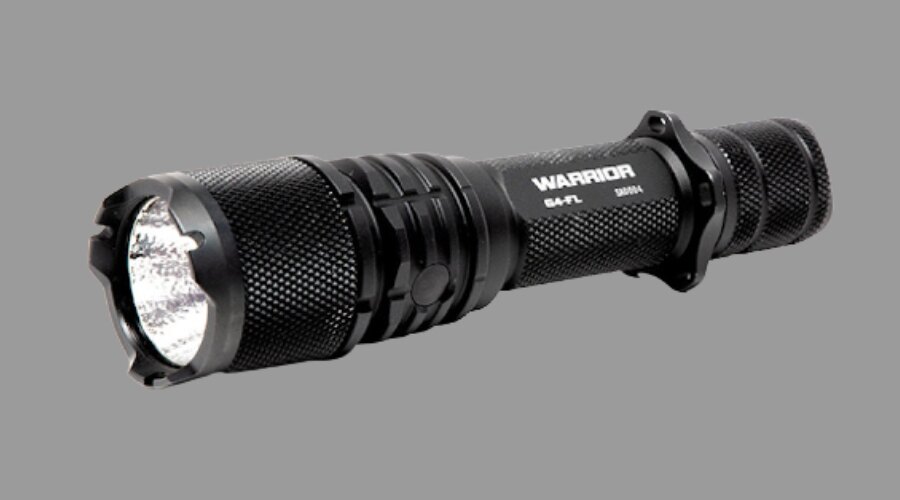
Powerful tactical flashlight Warrior G4-FL
Hunting flashlights
Hunting flashlights do not differ much from tactical flashlights as for the requirements.
It is about personal preferences, whether you like to hold your light in hand or whether you prefer handfree version (headlamp).
Advantage of the first mentioned is the possibility of the aiming of the luminous flux according to user´s needs, opposite to headlamp where the luminous flux is directed depending on where the view is directed. However, disadvantage of the first version is, that you don´t have both hands free. When making a selection we recommend to pay attention to durability (impact, water resistance..), possibility of colored filters (at least red color) and possibility of brightness/ power control.
Worth mention is also quiet switch. As a hunter you don´t want to be using flashlight which makes loud sounds.
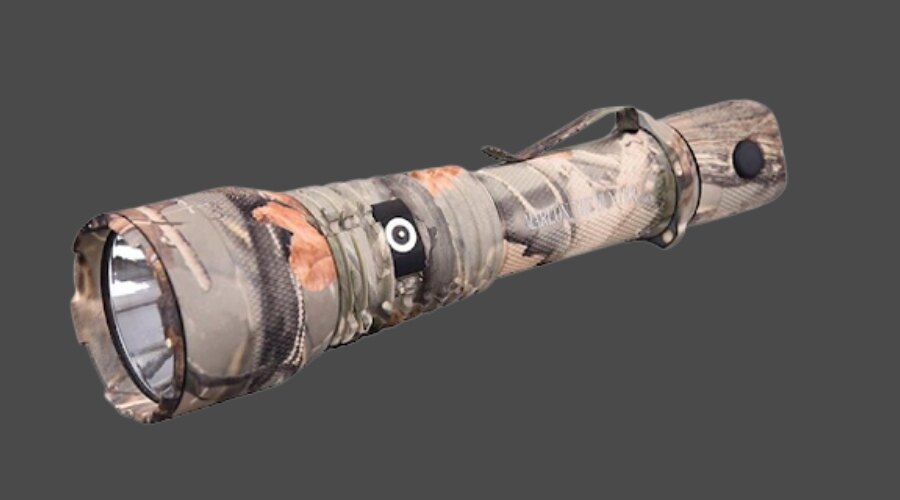
Flashlight Huntsman XLT Marlon Hunter with quiet switch
Headlamps
This type of lights are one of the most popular topics on the internet with one simple recognition sign. They are attached to head with the help of straps. How simple...
But it´s not as simple as it sounds. There are many headlamps on the market and it may be not easy at all to find the best one.
Important characteristics
- attachment
- design
- power source (type and position)
- performance (battery life)
- functions
- durability
With adjustment straps pay attention to high-quality and comfortable materials (ideally with rubber band in the forehead area) and secure attachment (some of the straps may unthread easily).
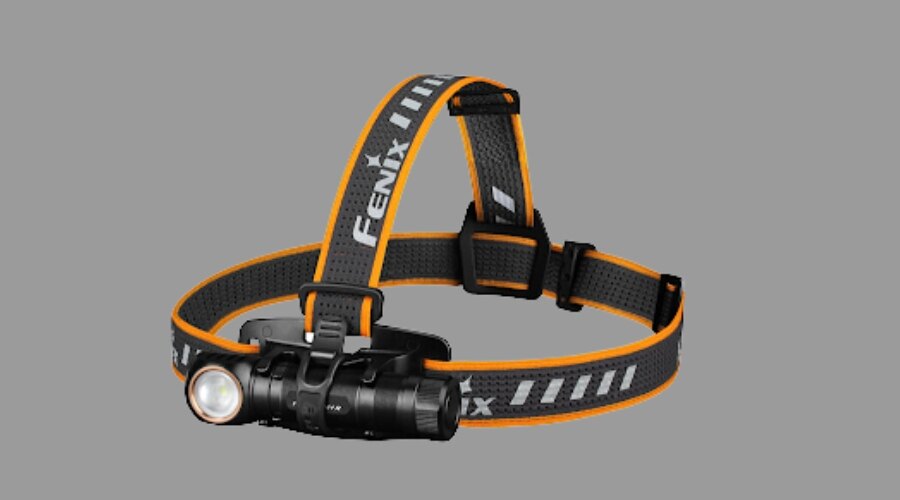
When making a selection watch out for the adjustment straps. There is nothing worse than when they don´t fit properly or are uncomfortable.
As for the construction we recommend models with durable materials ideally with some IPX protection and also with simple, easily accessible power switch and possibility of rotating.
Power source can be either in front or separately in the rear - depending on type, capacity and also design. Nowadays you can see standard AAA batteries, rechargeable batteries or built-in USB devices. Standard AAA batteries can be seen less and less these days. Battery capacity and headlamp performance are directly proportional.
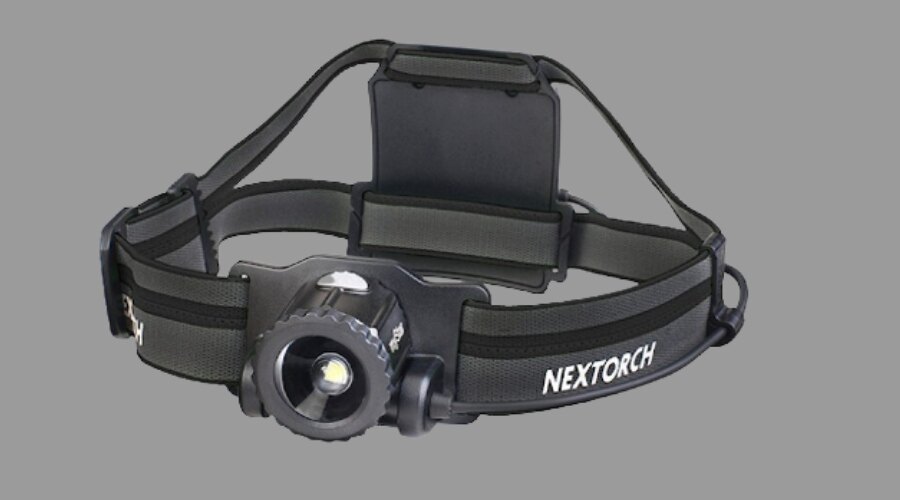
An example of power source in the rear
Performance is one of the highly important criterias. The modern headlamps feature powerful LED lights with different lighting modes inc. for example also red color, etc. The higher power the higher consumption and temperature, so it is advisable to not underestimate cooling (choice of proper material). Nowadays modern headlamps have maximum output up to thousands of lumens which can be adjusted (different modes).
Hand in hand with maximum output comes maximum light distance, of course depending on chosen lighting mode and power source. Everything will be find by the description of each specific headlamp.
There are so many features, that nowadays headlamps can offer. From different lighting modes (inc. strobe mode, SOS mode or selection of color filters) to different beams, battery indicator, uzamčení spínače, sensor mode button and many more. Therefore, choose your headlamp and its functions according to your requirements and needs (not always is important to have as many features as possible).
Durability is one of the most important criterias. Mechanical durability (construction from durable materials), resistance to dust and other impurities, waterproofness, etc. With most of the quality headlamps this comes as a standard. Then it only depends on IPX ratings.
Helmet flashlights
When you are soldier, the ordinary headlamp will not help you, especially when you are wearing helmet. These are special tactical flashlights whose design is compatible only with helmets. Once again, it is about personal preferences what each of prefers and what is the most important feature (durability, functions, weight, lighting modes...)
Definitely focus on power source, when the best option seems to be standard AA or AAA batteries, because you can get them pretty much everywhere. They offer good price/performance ratio (you can of course get rechargeable versions as well).
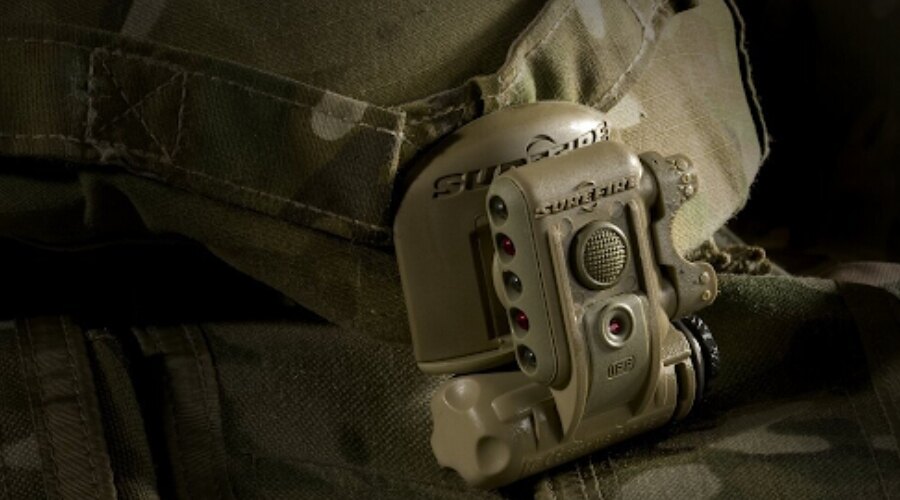
An example of helmet light
lm, cd, lx - what are these ?
Lumen, lm, is the unit of luminous flux. A measure of the total quantity of visible light emitted by a source per unit of time.
Candela, cd, is the unit of luminous intensity, used to measure the visual intensity of light sources.
Lux, or lx, is unit of iluminance.
The more luminous flux (lm) we concentrate in a point, the greater the luminous intensity (cd) and the higher the iluminance (lx).
This is important when choosing a flashlight, its beam distance or when selecting a flashlight for dazzling of enemy.
More about luminous intensity can be found here.

IPX rating
IPX rating is the marking that denotes the level of protection against mechanical damage, water, dust and other impurities as well as it alternatively denotes the object being waterproof, dust resistant, etc. We will talk about this in other article.
Conclusion
For a proper selection of your tactical flashlight, specify your requirements and needs first, and selection will be then significantly easier. After that, all you need to do is to try it and you are ready for action. It may be the case that you will need more types of flashlights, which is perfectly fine. Then try to combine their features and functions to complement each other, making your usable spectrum of possibilities multifunctional.
Readers are further interested





































































































































